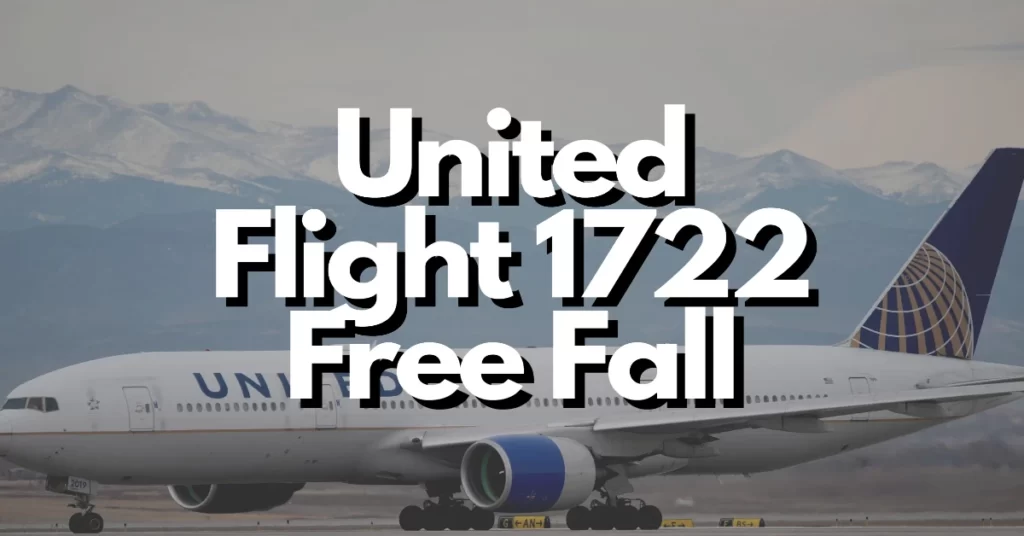The skies, though vast and seemingly boundless, can quickly become a stage for critical decisions that determine the course of an aircraft’s journey. In a recent incident that gripped aviation enthusiasts and travelers alike, a United Airlines flight destined for San Francisco International Airport (SFO) found itself in a heart-stopping nosedive toward the Pacific Ocean.
The subsequent investigation by the National Transportation Safety Board (NTSB) reveals a complex interplay of factors that led to this near-miss and offers valuable lessons for enhancing aviation safety.
Navigating Turbulence: The United Airlines Flight 1722 Incident
On a fateful day, December 18, 2022, United Airlines Flight 1722 embarked on a routine journey from Maui to SFO. However, what should have been an uneventful flight took a harrowing turn as the aircraft nosedived to a mere 748 feet above the vast expanse of the Pacific Ocean.
Swift corrective actions by the flight crew pulled the plane back to its proper altitude within minutes, averting a potential disaster. The NTSB’s subsequent investigation delved into the factors that triggered this alarming incident.
A Cascade of Errors: Unraveling the Sequence
As the NTSB report underscores, a sequence of decisions and miscommunications unraveled into a critical situation. The flight crew’s response to poor weather conditions, including heavy rain and winds, involved a choice of flap settings for the plane’s wings.
Unfortunately, a miscommunication between the captain and the first officer resulted in the aircraft’s flap settings being incorrectly adjusted. This error led to a rapid increase in speed and a subsequent descent, contributing to the heart-stopping nosedive.
The Crucial Role of Communication: A Probable Cause
In the aftermath of the investigation, the NTSB identified the “flight crew’s failure to manage the airplane’s vertical flight path, airspeed, and pitch attitude following a miscommunication” as the probable cause of the incident.
This haunting reminder of the pivotal role that effective communication plays in aviation safety underscores the need for unwavering vigilance and meticulous adherence to protocols.
Lessons Learned: A Path Forward
United Airlines, responding to the incident, highlighted its commitment to continuous improvement and safety enhancement. The airline acknowledged the need for additional training and stated its intent to draw insights from the incident to inform the training of its pilots.
This incident serves as a poignant reminder of the dynamic and high-stakes nature of aviation, where even a fleeting miscommunication can lead to significant consequences.
Conclusion
The near-miss experienced by United Airlines Flight 1722 is a stark testament to the intricate dance of decisions, communication, and training that shapes every flight. As the aviation industry continues to evolve, incidents such as these underscore the unceasing pursuit of enhancing safety and vigilance.
This near-disaster serves as a clarion call for aviation professionals to reiterate their commitment to meticulous training, effective communication, and unwavering dedication to the well-being of passengers and crew.
